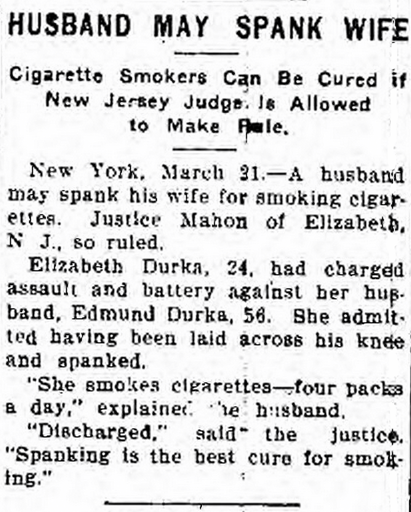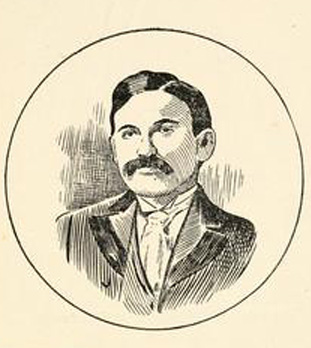In 1598 a Hounsditch woman, Margaret Browne, appeared at Bridewell Court to give evidence against her neighbour. Browne and her husband lived next door to John Underhill, a local bookbinder, and his wife Clement.
According to Browne’s testimony, Mr Underhill left town on business on May 13th. Around lunchtime, Clement Underhill received a male caller, a man named Michael Fludd. Mrs Browne, apparently a pioneer of the Neighbourhood Watch movement, followed events through windows and gaps in the walls. She saw and overheard a salacious exchange in the Underhills’ kitchen:
“As they were eating their victuals, Underhill’s wife said unto Fludd these words: “Eat no more cheese, for that it will make your gear short, and I mean to have a good turn of you soon.”
After lunch, Fludd retired upstairs to the Underhills’ bedroom, where he remained while Mrs Underhill attended their store. At six o’clock she joined him in the bedchamber, where Fludd:
“…took her in his arms and brought her to the bed’s foot and took up her clothes… She put her hand into his hose and he kissed her and pulled her upon him… He plucked up her clothes to her thighs, she plucked them up higher, whereby [Mrs Browne] saw not only her hose, being seawater green colour, and also her bare thighs.”
After nature had taken its course, Fludd “wiped his yard on her smock”, then Underhill “departed from him to fetch a pot of beer”. They then shared some bread and drink, with Mrs Underhill reportedly toasting Fludd’s performance in bed. Browne’s husband, who arrived home in time to witness the fornication next door, supported his wife’s testimony.
Confronted with this evidence, Fludd confessed to having “carnal knowledge of the body of the said Clement Underhill”. Despite the graphic nature of Mrs Browne’s testimony, Fludd was treated leniently: he was ordered to pay 20 shillings to the Bridewell hospital. Mrs Underhill was not arraigned and escaped without penalty from the court, though she did not escape public humiliation.
Source: Bridewell Court Minute Book 1598-1604, May 1598, f.23. Content on this page is © Alpha History 2019-23. Content may not be republished without our express permission. For more information please refer to our Terms of Use or contact Alpha History.


